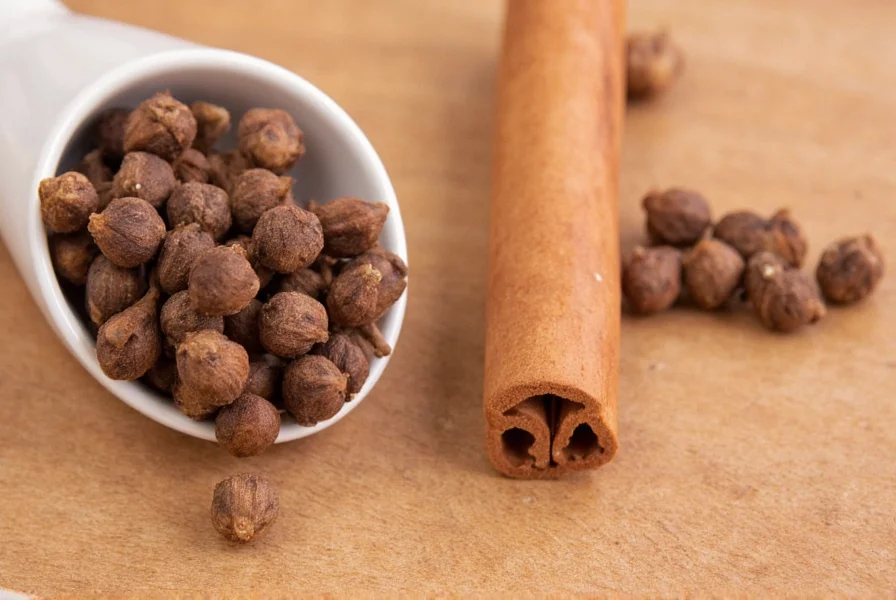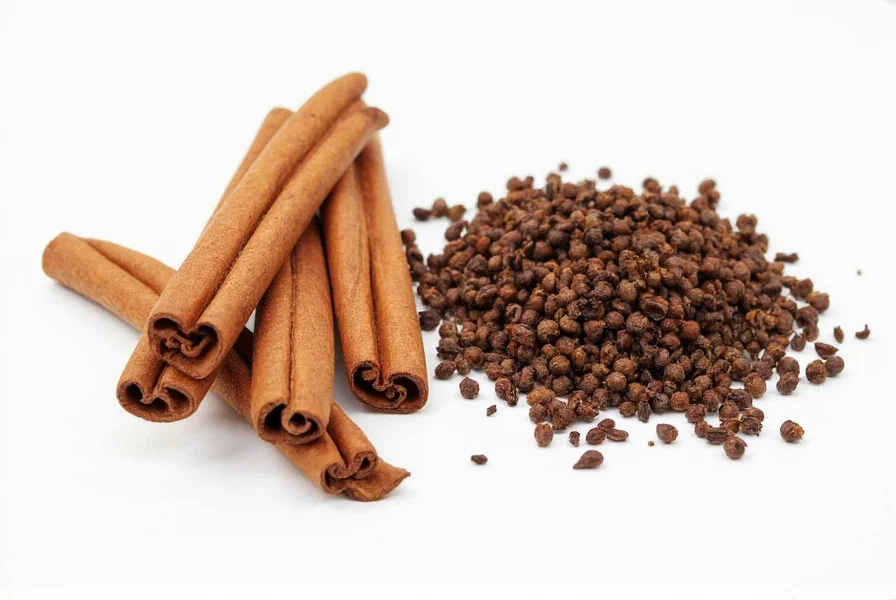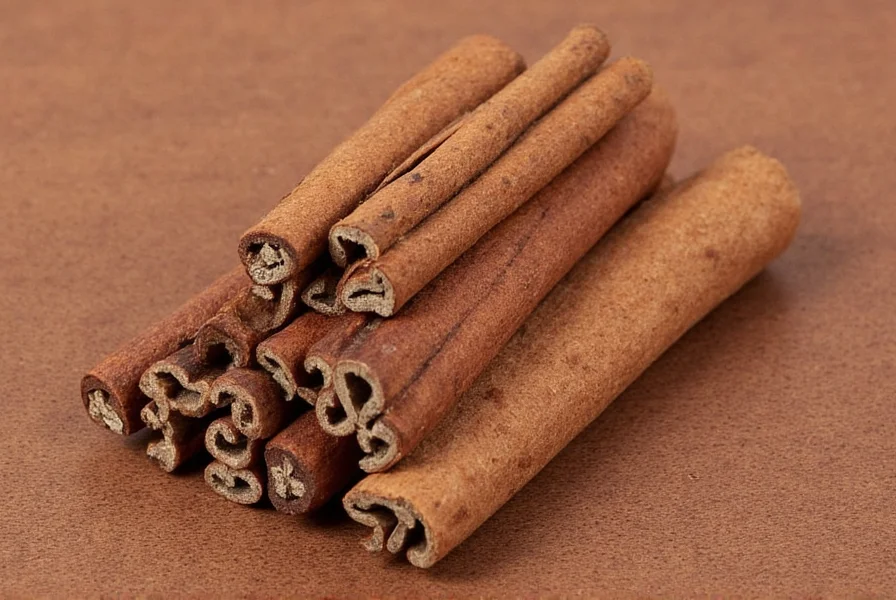These two aromatic spices have journeyed from ancient trade routes to modern kitchen pantries, maintaining their status as culinary staples. While distinct in origin and chemical composition, cinnamon and cloves share enough complementary characteristics to create magic when combined properly. Understanding their individual properties and synergistic potential unlocks new dimensions in home cooking and baking.
Understanding Cinnamon and Cloves Individually
Cinnamon, derived from the inner bark of Cinnamomum trees, comes primarily in two varieties: Cassia (common in supermarkets) and Ceylon ("true" cinnamon). Cassia offers a stronger, spicier flavor with higher coumarin content, while Ceylon provides a more delicate, citrusy sweetness preferred in European baking traditions.
Cloves, the unopened flower buds of Syzygium aromaticum trees, deliver an intense, warm aroma with eugenol as their primary compound. Their potent flavor means they're typically used sparingly compared to cinnamon. Whole cloves maintain freshness longer than ground, making them preferable for long-term storage.
| Characteristic | Cinnamon | Cloves |
|---|---|---|
| Primary Flavor Notes | Warm, sweet, woody | Intense, spicy, slightly bitter |
| Best Used In | Doughs, custards, oatmeal | Ham glazes, mulled drinks, spice blends |
| Shelf Life (Whole) | 2-3 years | 2-3 years |
| Shelf Life (Ground) | 6-12 months | 6-12 months |
The Science Behind Their Culinary Synergy
When exploring how to use cinnamon and cloves together, understanding their chemical interaction proves valuable. Cinnamon's cinnamaldehyde and cloves' eugenol create complementary aromatic compounds that enhance each other's perception without overwhelming the palate. This cinnamon cloves flavor chemistry explains why they work so well in spice blends like pumpkin pie spice, garam masala, and Chinese five-spice powder.
Chef Marco Rodriguez, culinary instructor at the International Culinary Center, notes: "The secret to balancing cinnamon and cloves lies in their ratio. For most applications, a 3:1 ratio of cinnamon to cloves prevents the cloves from dominating. When using whole spices in braises or stews, remove cloves after 30 minutes while allowing cinnamon to continue infusing." 
Practical Applications in Cooking and Baking
Mastering cinnamon cloves recipe ideas transforms ordinary dishes into extraordinary creations. Consider these proven applications:
- Baked Goods: Add 1 teaspoon ground cinnamon and 1/4 teaspoon ground cloves to apple pie filling for enhanced depth
- Breakfast Dishes: Stir both spices into oatmeal with a pinch of black pepper to increase turmeric absorption
- Meat Preparation: Create a dry rub with equal parts cinnamon and cloves plus brown sugar for pork shoulder
- Beverages: Simmer whole spices in apple cider for 20 minutes for authentic mulled cider
For those exploring cinnamon cloves tea benefits, steep one cinnamon stick and 3-4 whole cloves in boiling water for 10 minutes. Add lemon and honey to taste. This traditional preparation offers comforting warmth during cold months while providing potential antioxidant benefits from both spices.
Health Considerations and Safety
While investigating cinnamon and cloves health benefits, it's important to maintain perspective. Both spices contain compounds with antioxidant properties, but culinary usage provides minimal therapeutic effect. Research shows:
- Cinnamon may help moderate blood sugar response when consumed with carbohydrates
- Cloves contain eugenol, which has demonstrated antimicrobial properties in laboratory settings
- Neither spice should be considered medicinal when used in normal cooking quantities
Those with bleeding disorders should exercise caution with cloves due to eugenol's potential blood-thinning effects. Individuals with liver conditions should monitor cassia cinnamon intake because of its coumarin content. For most people, typical culinary usage presents no safety concerns.

Storage and Freshness Tips
Proper storage maximizes the shelf life of your cinnamon cloves combination. Follow these storage tips for cinnamon and cloves to maintain peak flavor:
- Store whole spices in airtight glass containers away from light and heat
- Grind spices only as needed—ground versions lose potency within 6 months
- Test freshness by rubbing a small amount between fingers and smelling
- Freeze whole spices for long-term storage (up to 3 years)
A simple freshness test involves placing a drop of water on a small amount of ground spice. Fresh spices will absorb the water quickly, while stale spices will cause the water to pool on the surface.
Global Culinary Traditions Featuring Both Spices
The cinnamon cloves pairing appears across diverse culinary traditions:
- Moroccan Tagines: Both spices feature prominently in savory meat stews with dried fruits
- Mexican Mole: Complex sauces often include both for depth and warmth
- Indian Biryani: Layered rice dishes frequently incorporate this spice combination
- German Holiday Baking: Stollen and lebkuchen rely on this classic pairing
Understanding these cultural applications provides authentic inspiration for home cooks exploring new cinnamon cloves recipe ideas beyond conventional Western baking.











 浙公网安备
33010002000092号
浙公网安备
33010002000092号 浙B2-20120091-4
浙B2-20120091-4